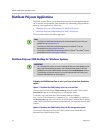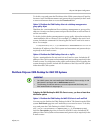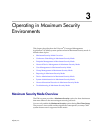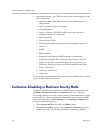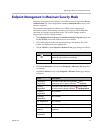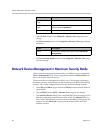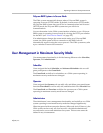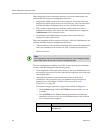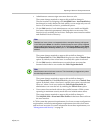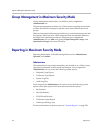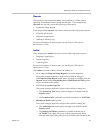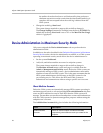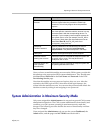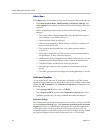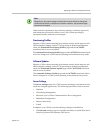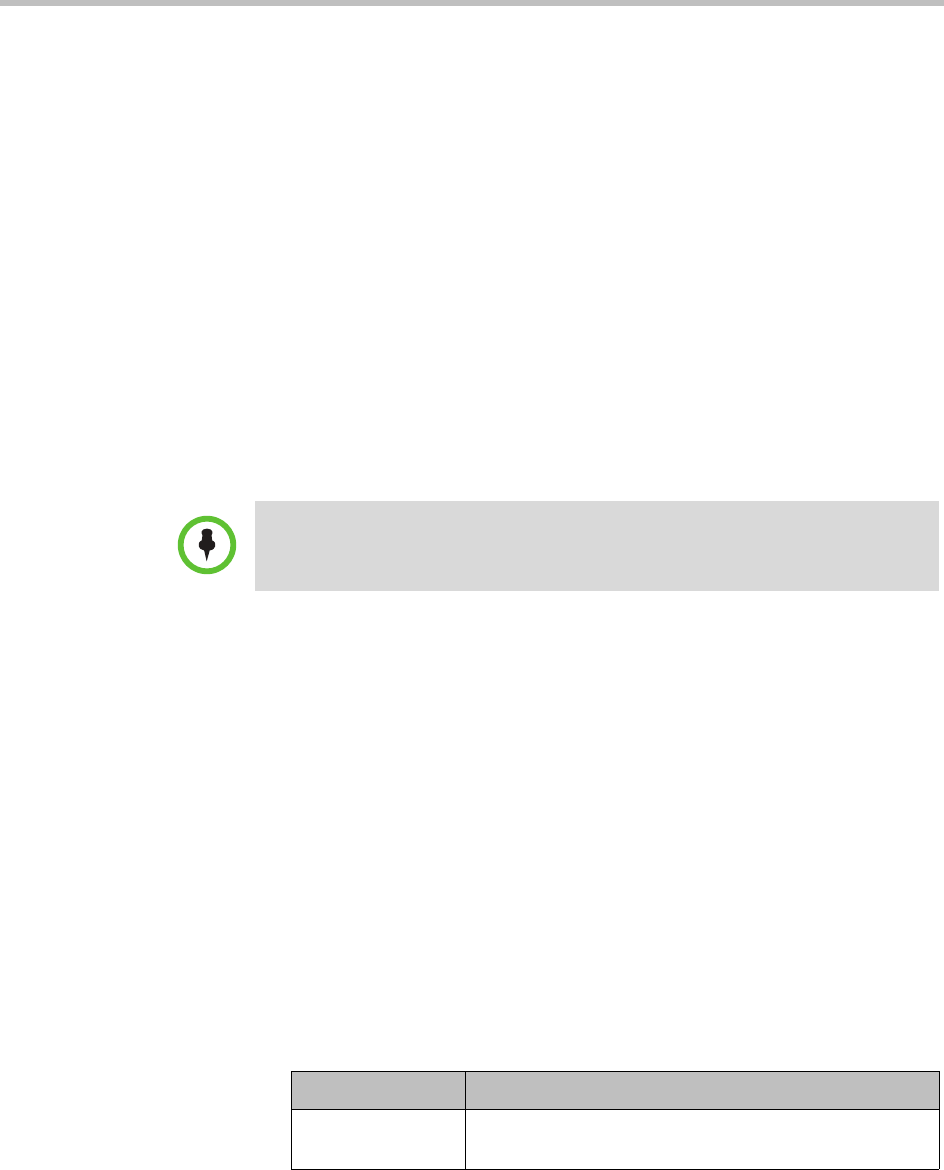
Polycom CMA System Operations Guide
22 Polycom, Inc.
When integrated with an enterprise directory, this local administrator can
perform the following user management functions:
• Integrate the CMA system with Active Directory. Note that when you
integrate the CMA system with an Active Directory, all local users other
than the default local administrator are removed from the system.
• Edit a subset of enterprise user attributes, such as their role, area, or
endpoint associations. This allows the local administrator to assign the
Administrator role to enterprise users.
• Troubleshoot and administrate the system if the Active Directory
connection to the system is lost.
When not integrated with an enterprise directory, this local administrator can
perform the following user management functions:
• Add and edit local user attributes including their contact information and
other user attributes such as their role, area, or endpoint associations.
• Delete local users.
The user management workflow on a CMA system operating in maximum
security mode has changed in the following ways:
• Once integrated with an enterprise directory, the local administrator can
see enterprise users as well as associate them to endpoints, roles, and areas
(when applicable).
• Administrators cannot create custom roles with a custom set of
permissions. The system has only pre-defined roles and associated
permissions as described in “Default CMA System Roles and
Permissions” on page 253.
The system changes required to support this workflow change are:
— The User Roles page and the ACTIONS associated with it are not
available.
— The ACTIONS on the User > Users page includes an additional
command, so that you can view the permissions that come with the
role a user has been assigned.
Note
As a best practice, use this local administrator account for user management tasks
on the CMA system. Do not use it to log into managed devices.
Action Use this action to...
View Permissions Display the set of permissions that come with the user’s
assigned role.



